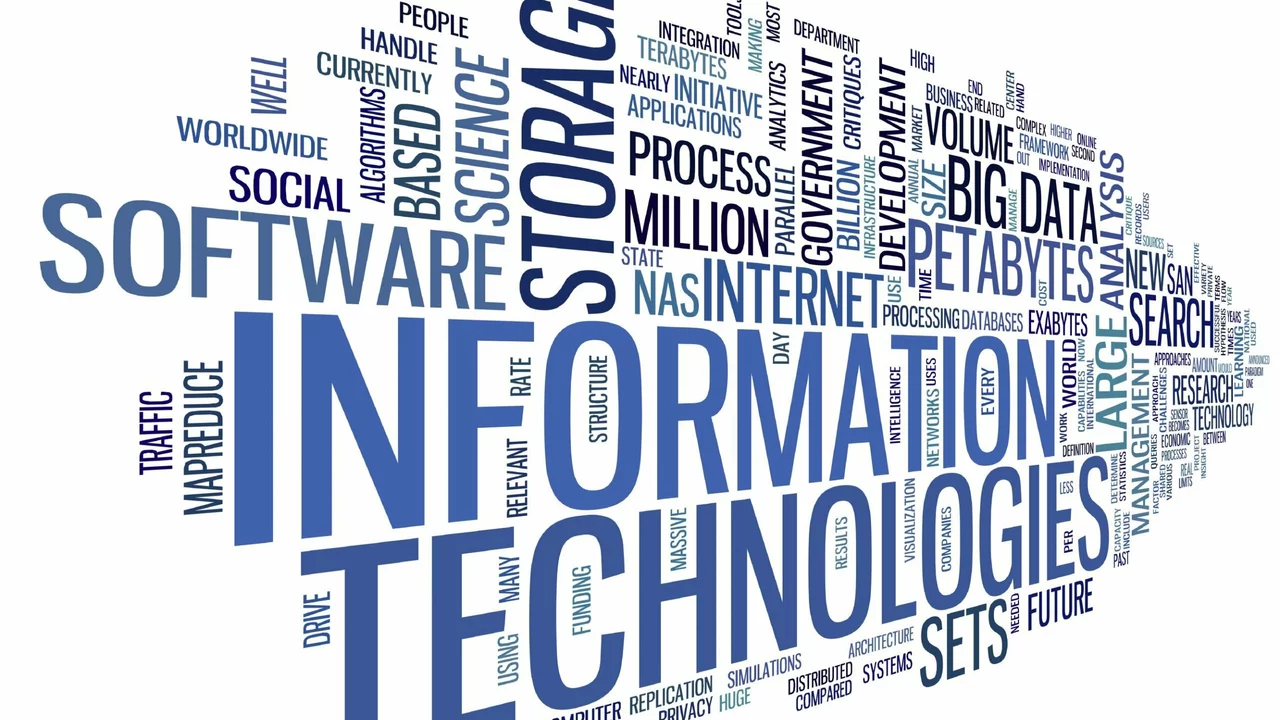Technology and Computing: What You Need to Know
Ever wonder what the buzzword technology and computing really means for you? It’s more than fancy gadgets and big data. At its core, it’s about using computers and networks to get things done faster, cheaper, and smarter. Whether you’re scrolling on your phone, ordering groceries online, or a business running a global supply chain, tech is the invisible engine that makes it happen.
Why It’s Called Information Technology
The term information technology (or IT) may sound formal, but the name is simple: it’s the technology that handles information. Think of it as a toolbox that lets us store, retrieve, move, and change data. From a tiny file on your laptop to a massive cloud database for a multinational, IT is the set of tools that turn raw data into useful knowledge. That’s why we call it “information” technology—because the whole point is to make sense of the info around us.
How IT Shapes Everyday Life
Imagine a day without any IT. No email, no streaming, no GPS. Hard, right? IT is behind every text you send, every video you binge, and every payment you make. It keeps your banking apps secure, powers the recommendation engine on your favorite shopping site, and even helps doctors read scans faster. In the workplace, IT automates repetitive tasks, connects remote teams, and provides analytics that drive smarter decisions.
For businesses, IT isn’t just a support function; it’s a growth engine. Companies use custom software to streamline orders, AI to predict customer trends, and cloud services to scale up during peak seasons without buying new hardware. This digital transformation lets firms stay competitive and agile in a fast‑moving market.
So, how does all this tech stay reliable? It’s all about infrastructure—servers, networks, and security layers working together. When you upload a photo, it travels through a series of routers, lands on a server, and gets stored safely. Security protocols encrypt that data, making sure only the right eyes see it. That whole journey is a glimpse of IT in action.
What about the future? Emerging tech like edge computing, 5G, and quantum computing promise even faster processing and lower latency. That means smarter wearables, more immersive virtual reality, and real‑time analytics for everything from traffic control to climate monitoring. Keeping an eye on these trends helps you stay ahead, whether you’re a tech enthusiast or a business leader.
In short, technology and computing are the backbone of modern life. They turn raw data into useful information, automate boring tasks, and open up new possibilities we couldn’t imagine a decade ago. Understanding the basics of IT helps you see not just how things work, but also how you can use them to make your personal and professional life smoother.

